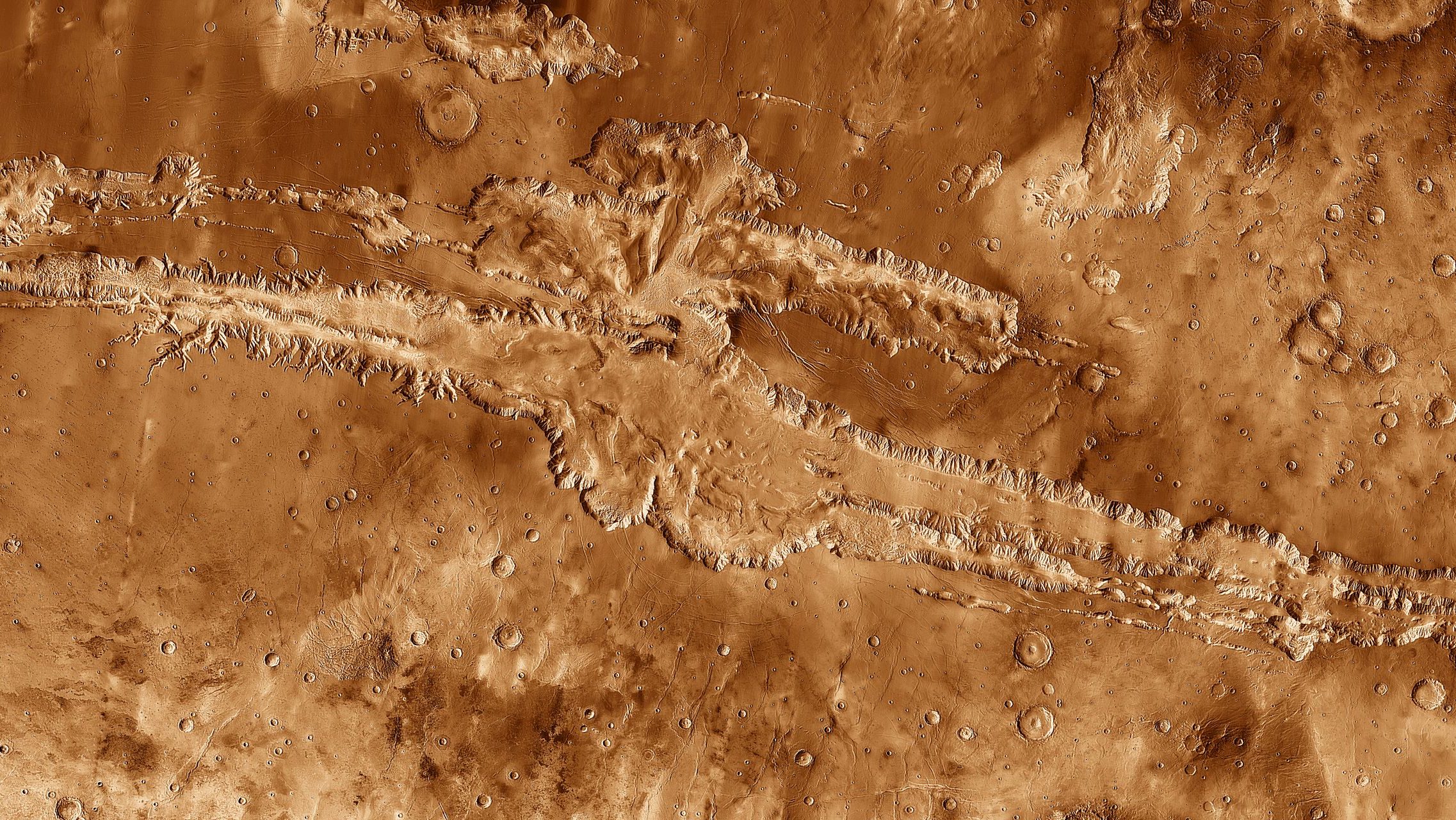Sign up for Big Think on Substack
The most surprising and impactful new stories delivered to your inbox every week, for free.
Mt. Saint Helens in Washington state, USA
I’m back from my sojourn to New England and its time to play catch up. First things first!
There has been a lot of chatter in my inbox and on the comments here at Eruptions about the study/press release from Graham Hill’s research group talking about the potential for a supervolcano forming at Mt. Saint Helens. This study (presented at the AGU Spring Meeting) was based on a magnetotelluric study of the area around (and below) Saint Helens. For those of you unfamiliar with magnetotellurics, it uses instruments that measure the magnetism and electrical conductivity of the earth to infer the composition of the crust. This is possible because different materials in different physical states have different magnetic properties and/or electrical conductivity. So, this study took magnetic field readings near the modern Saint Helens and interpreted it to try to determine the composition and state of the crust below the volcano. The authors of the paper write that the patterns of electrical conductivity under Saint Helens suggest a large volume of melt underneath the volcano, thus it has the potential to form a supervolcano.
And that is where things might have gotten a little carried away.
My first reactions to the study:
As some of the press surrounding this has suggested, other geologists (such as Gary Egbert at OSU who is quoted in the New Scientist article linked above) has expressed skepticism that we know what the magnetic data is actually saying. The signal of “melt” might also be fluids that are not molten magma (i.e., hydrothermal fluids, meteoric water, dissolved gases). This signal does not really differentiation a cohesive body of melt vs. an area of crust that might be partially molten but not connected. Remember, the two keys to forming a large eruption: eruptibility and trigger. You might have a lot of melt in the crust, but if it is not cohesive (thanks to high porosity), then the chances of a large eruption is not high. You also need something to trigger an eruption by extracting eruptible magma from the magmatic source in the crust (most if not all “supervolcanic” eruptions have a large magmatic system in continental crust*) Without these criteria, trying to argue that the presence of a lot of melt in the crust means “supervolcano” is not well-founded.Another point: the Cascade Range is not exactly a hotbed for “supervolcanic” eruptions. Some volcanic arcs seem to have more large volcanic eruptions than others – i.e., the Central Andes. Why this might be is unclear, but it likely has to do with the thickness of the crust (70 km in parts of the Chilean Andes), the composition of the crust (silicic) and the flux from the mantle (higher rates of subduction). The Cascades all seem to have factors that might not promote large eruptions as much of the Cascades sit on thin (30-40 km), more mafic crust with slower subduction of Juan de Fuca plate under North America. Although we don’t fully understand the source of “supervolcanic” eruptions, on the whole, the Cascades don’t seem to be the prototypical location for them. Off the top of my head, there is only one eruption in the Cascades that could be considered very large, that being the ~5700 B.C. eruption of Mt. Mazama in Oregon that created Crater Lake. This eruption produced ~50 km3 of volcanic ejecta, which is small compared to “supervolcanic” eruptions that are considered to be in the hundreds to thousands of cubic kilometers, but an order of magnitude larger than anything in the Cascades in postglacial time.Mt. Saint Helens is not even the most likely volcano in the Cascades to produce a “supervolcanic” eruption. It has been very active over the last 10,000 years, but most tend to be small, bleeding out material frequently over this period. Although it is not the be-all-and-end-all, repose time between eruption scales with the size of the eruption, so the frequent eruptions of Saint Helens suggests that a large eruption is not likely. If any of the modern Cascade volcanoes are candidates for a large eruption, I might point towards Rainier, Mazama, Shasta or Glacier Peak.All this being said, am I saying that there is no chance of a “supervolcanic” eruption at Mt. Saint Helens? No. As with most everything in geology, there is a non-zero probability of a large eruption from the volcano. However, I would venture to guess that the probability is very small compared to other volcanoes around the world. If anything, this study shows the difficulty in determining the state of affairs under Saint Helens. It appears that the system is fed from a zone of partial melt in the lower crust that gets fed through a narrow conduit. The proportion of melt in the zone and the exact nature of the material (magma, fluid, or a combination) is unclear. The imaging of this zone under Saint Helens is a great addition to our understanding of one of the most active magmatic systems in North America. However, trying to connect this to “supervolcanoes” definitely seems like pandering to the Discovery Channel-style pop science (and admittedly, this “controversy” seems to be more a product of the media than the researchers if you look at the original abstract).
* Note: this would not include flood basalts as a “supervolcano” although most flood basalt provinces dwarf so-called “supervolcanic” eruptions.
{Hat tip to Eruptions readers Thomas Donlon, Bob Somerville and Brian for the links to this article.}
Sign up for Big Think on Substack
The most surprising and impactful new stories delivered to your inbox every week, for free.





